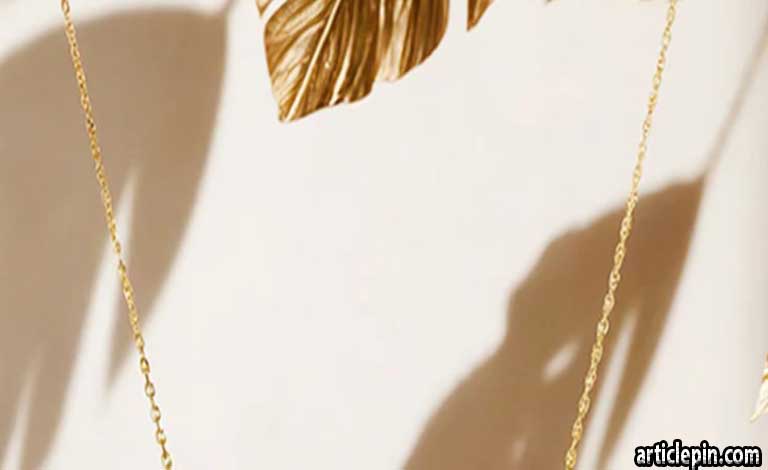$ reach US$3.548 billion by 2033, growing at a CAGR of 5.76% during the forecast period 2033. An increased burden of chronic wounds, an increased elderly population, an increased number of cases of diabetes, and an increased number of patients with boldness and obesity cause this growth.
Technological Wand in Wand Care
Innovations such as women in smart business shoes, blooper skin exchanges, and digital wound monitoring, and more will change the industry. Companies will introduce solutions such as women in antibacterial business shoes with silver/iodine and growth factors to accelerate healing and reduce infection. For example, business shoes women the market in 2023, offering the versatility of various wound types.
Increasing Surgery and Accidents
Global rise in elections and emergency operations, road traffic violations, and sports trauma increase the demand for postoperative wound care. For example, Apogent’s Aviva+ Soft Fabric Tissue¢, introduced in June 2024, provides a regenerative healing environment for nerve damage that supports advanced postoperative wound management.
Home Advanced Mysterious Care Solution Cost
Innovative products such as NPWT systems, women in bioactive business shoes, and technical skin alternatives are often costly for patients in low-income or uninsured economies. These high costs are preventing market penetration in rural and undeveloped regions. Lack of Thresholds for Awareness and Qualified Staff In developing countries, limited awareness of modern wound supply solutions and inadequately trained personnel in healthcare have limited the use of advanced therapies. Inadequate infrastructure continues to slow wound diagnosis and relaxation, thus hindering market growth.
Advance found Business Shoes Women
This includes hydrocolloids, hydro gels, alginates, and foams that promote a moist wound environment and improve fabric regeneration. Popular in hospitals and at home, these economic shoes reduce the frequency of change for women with women’s shoes and improve patient comfort.
Bioactive and care
Bioactive products such as women in collagen business shoes, growth factors, and technical skin replacements revolutionize wound care. These promote cell regeneration and angiogenesis. These are essential for healing non-attractive chronic wounds. Foam business shoes women Preferred over absorbent and padded properties for absorbent and padded properties, foam business shoes are ideal for educative scratches and provide comfort during dressing changes. Their antibacterial variants acquire traction in both chronic and acute environments.
Anatomic rubella business shoes women
Due to growing concerns about wound infections and antibiotic resistance, antibacterial business shoes containing silver, iodine, or PHMB are becoming more widespread. They are essential for treating burns, surgical wounds, and infected ulcers.
Chronicle Wand Care
Long-term management is required for chronic wounds, including pressure ulcers, diabetic ulcers, and venous foot ulcers. This segment is extended by increasing the use of NPWT, moisture, repeating technologies, and bioactive solutions.
Acute Downing Care
Acute wounds such as surgical incisions, abrasions, and burns will heal immediately with appropriate intervention. In cases of rising and traumatic operations, this segment sees strong demand for seams, adhesives, and antibacterial foams in hospitals and outpatients.
Hospitals & Clinics
The main consumer of wound supply products through various operations, trauma treatment, and chronic wound management. This segment requires various solutions, including NPWT systems, antibiotic shoes, and biological skin replacements.
Homecare settings
As health systems are under pressure; there is a growing trend towards homage to the home with portable solutions such as NPWT devices, women in foam business shoes, and telex earth support. Segments grow rapidly along with an aging population and chronic patient base.
Regional Analysis: US Wound Care Market
The United States is the global leader in the wound supply market due to the high incidence of chronic wounds, obesity, diabetes, and the aging population. Innovation, refund policies, and a strong health infrastructure support the widespread deployment of advanced wound supply solutions. In September 2022, Mimed Group Amino Effect launched a new product selected for complex wound management, highlighting the country’s focus on regenerative therapy.
Future Outlook & Trends (2025 2033)
Telemedicine and Digital Wound Persecution: Integrating mobile apps and AI tools for remote assessment will change home and wall wound care delivery. Personalized regenerative medicine: Probable biomaterials and stem cell solutions are expected to play an important role in next-generation wound therapy. Emerging countries’ expansion: Increased investment and healthcare awareness in APAC, Latin America, and MEA create new growth pathways.
10 important questions answered in this report
What is the current market size and how high is the forecast CAGR for wound care in the global market? What will the most important drivers affect the growth of wound suppliers? Which segments dominate traditional and wound supply for product categories? How do chronic and acute wounds differ in treatment and market size? What technological innovations change wound care around the world? Which end-user segments are expected to grow faster in hospitals and home care? What are the challenges before expanding progressive wound care in developing countries? Who is the top player in the global supply of wound care? What role do antibiotics and biologically active business shoes play in preventing women from infectious diseases? How does the US maintain its leadership in the wound supply market?
